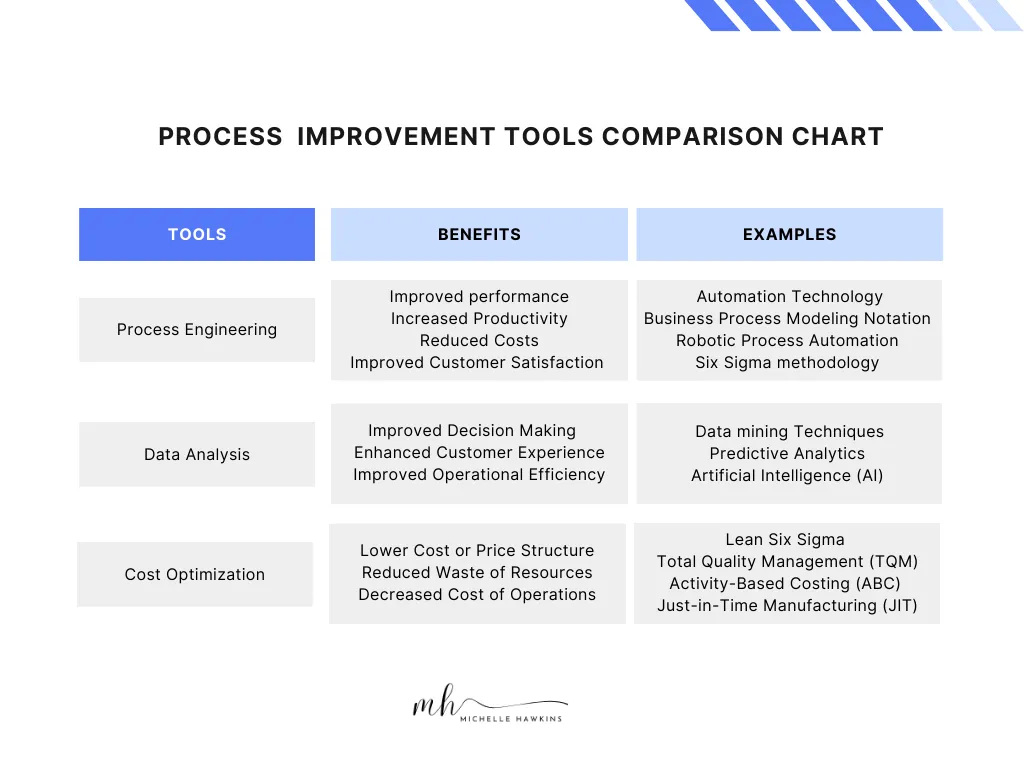Michelle Hawkins
Quality Program Manager & Technical Assistant to Vice President of Quality and Aviation Safety
"Every successful organization needs inspiring leadership to achieve their objectives, foster growth and innovation. People are the key - positive leaders should create a strong vision of success which encourages collaboration, enabling teams to work together towards an exciting common goal!"
Summary
An experienced Quality Program Manager with a track record of managing complex projects/programs in a global work environment, and regulated industries. 8+ years in the medical device and pharmaceutical industry, and 4+ years in defense makes me a strategic leader who can prioritize, identify risk and opportunities, and effectively handle multiple projects concurrently.
With a Masters degree and a Lean Six Sigma certified practitioner, I’ll add value to any team or organization. My passion for continuous improvement, program/project management and efficiency, makes me a valuable asset in achieving business goals and driving results.
Three Words That Describe Me

Innovative
I truly believe that innovation is the key to remaining competitive in an ever-changing market. To stay ahead of the curve, the development of fresh ideas and exploration of unconventional solutions is key.

Strategic
I take great pride in setting a strategic vision that is clear and attainable, and I am passionate about utilizing tact and finesse to ensure successful execution of this vision.

Efficient
As a leader, I understand the importance of not only being efficient but to inspire others who can also help maximize productivity and success.
-
Risk and Opportunity Management
-
Post Market Surveillance
-
Internal and External Audits
-
AS9100
-
Corrective and Preventative Actions (CAPA)
-
Program Plan Creation
To Connect with Michelle
Driving Business Performance: A Guide To Implementing And Maintaining Process Improvement Tools
By Michelle Hawkins
Businesses are often faced with the challenge of how to effectively implement and maintain performance improvement tools. It's not an easy task – but it can be done! With the right strategies in place, you can drive business performance to new heights. In this article, I'll provide an insightful guide to help you get started on the road to success.
By taking a proactive approach to process improvement, you can equip your organization with the knowledge and tools needed to reach its full potential. We'll discuss how to create a solid foundation for your initiatives, as well as how to keep them running smoothly over time. There's no better time than now to start transforming your business into an innovative powerhouse!
Understanding The Benefits Of Process Improvement Tools
Process improvement tools are essential for driving business performance. It is important to understand the advantages of these tools in order to implement and maintain them effectively. Streamlining operations, automating tasks, and reducing costs are just a few of the benefits associated with process improvement tools. By improving efficiency and gaining insight into current processes, organizations can save time and money while creating a more productive work environment.
In addition, process improvement tools allow businesses to anticipate potential issues before they arise by providing data backed insights into the cause-and-effect relationship between processes and outcomes. This allows organizations to make informed decisions on how best to allocate resources while improving customer satisfaction. Furthermore, these tools facilitate collaboration between teams and departments by allowing members to communicate easily across different platforms.
The benefits of process improvement tools are immense; they provide organizations with the power to increase productivity, enhance customer experiences, and ultimately drive business performance forward. Knowing this, it becomes clear why selecting the right process improvement tool is so important for any organization looking to leverage technology for success.
Selecting The Right Process Improvement Tools
When selecting process improvement tools, it is important to analyze trends, identify bottlenecks, compare technologies, understand costs, and evaluate success. It is essential to understand how the chosen tool will affect the organization now and in the future.
The first step in selecting an appropriate tool is to determine what needs to be improved. Evaluate current processes and explore new options that are available. Consider both cost and time efficiency when comparing technologies. Look for ways to automate tasks that can reduce human labor while increasing accuracy.
Once a decision has been made on which tools to use, the next step is to develop and implement the action plan. This includes setting objectives, defining key performance metrics, establishing timelines for completion and measuring results. It is also important to consider user adoption of any new software or technology being implemented.
Key Points:
-Analyze trends
-Identify bottlenecks
-Compare technologies
-Understand costs
-Evaluate success
Having an understanding of these aspects of selecting process improvement tools enables a successful implementation of new technology within an organization. Moving forward with implementing such process improvements requires careful consideration of the objectives at hand along with realistic expectations for outcomes.
Implementing Process Improvement Tools
The process of improving business performance requires the implementation of effective and efficient process improvement tools. Implementing these tools can give organizations a competitive advantage, helping them streamline workflows, eliminate bottlenecks, optimize costs, and improve data analysis.

Process improvement analysts must be well-versed in the use of these tools to maximize the potential for success. The right combination of tools can help an organization become more agile and responsive to changes in customer expectations and market conditions. A tailored approach based on specific goals and objectives is essential for successful implementation. With the right approach and tools in place, organizations can realize greater efficiencies in how they do business.
Maintaining Process Improvement Tools
Now that process improvement tools have been implemented, the next step is maintaining them. This part of the process requires streamlining workflow, identifying inefficiencies, and improving data management to ensure long-term success.
The first step in maintaining process improvement tools is reducing costs by optimizing processes. To do this, businesses must analyze and assess their current operations to identify where they can save money. Once identified, they need to create a plan for implementing changes that will lead to better efficiency and results.
Businesses should also be open to new technology solutions that help them maintain their process improvement tools. For example, automation can help reduce manual labor and enable teams to focus on higher-value work instead of mundane tasks. Additionally, cloud-based software can help improve data management and enable businesses to access information from anywhere with an internet connection.
By following these steps, companies can ensure their process improvement tools are running efficiently and effectively over time. Measuring the effectiveness of these tools is essential for understanding their impact on business performance and improving them further as needed.
Measuring The Effectiveness Of Process Improvement Tools
Let's dive right in and explore how to measure the effectiveness of process improvement tools. As a business process improvement analyst, it is important to analyze metrics that can help identify problems and define objectives. To effectively do this, you must align strategies to these objectives and evaluate the results of those strategies.
Analyzing metrics can be done by looking at the areas where improvements have been made and where further development is needed. This helps to identify any potential problem areas that may hinder progress. Once identified, you can then define objectives to achieve desired outcomes for each area that needs improvement. It's important to remember that these goals should be realistic and achievable within a certain timeframe in order to ensure success.
To align strategies with these objectives, you must develop a plan of action that outlines every step necessary to meet your goals. Then, as part of this plan, you should evaluate the results at regular intervals throughout the implementation stage. Doing so will allow you to make necessary changes or adjustments if needed in order to ensure your strategy meets its intended outcome. Taking this approach will help you maximize the effectiveness of process improvement tools while ensuring successful outcomes for your organization.
Conclusion
Process improvement tools can be a valuable asset for driving long-term business performance. When properly implemented and integrated with existing systems, these tools can help organizations achieve higher levels of efficiency, accuracy and customer satisfaction. To ensure successful implementation, selecting the right tools that meet the organization's needs is key. Additionally, it's important to consider potential risks associated with process improvement tools before investing in them. With careful consideration and proper integration, businesses can confidently use process improvement tools to improve their performance over time.
Frequently Asked Questions
To Connect with Michelle
Copyright © 2023 Michelle Hawkins. All rights reserved.

